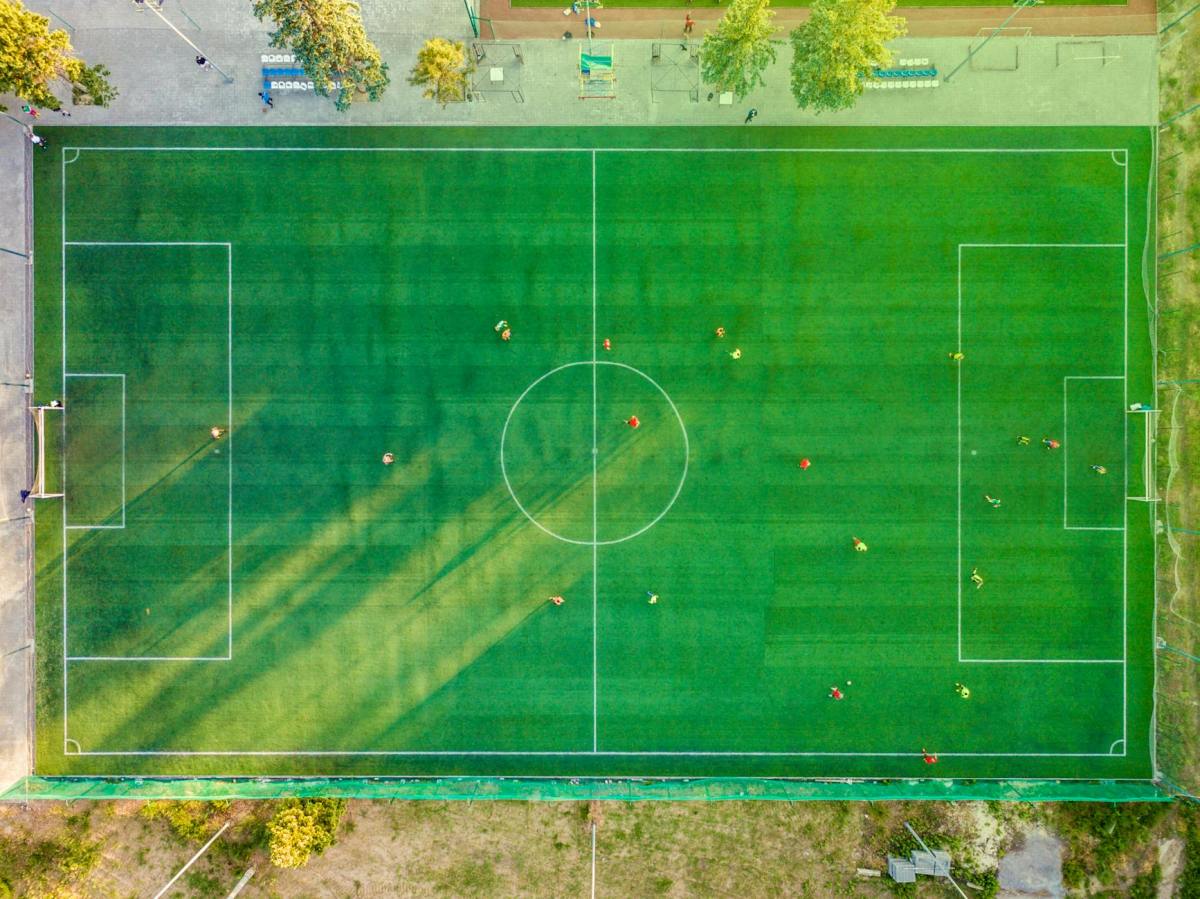A system that allows video assistance to be given to the referee on the field and is mainly composed of:
- Several high-speed cameras positioned at different angles.
- It is only used in specific situations.
This allows referees to make more informed decisions.
Imagine that during a football match a player falls in the box, the central referee failed to see the moment of impact, the side referee calls for a penalty, the stands shout “penalty”, the substitutes’ bench shouts “he didn’t touch him”, the TV commentators can’t agree. This situation is common in football. Why are there different interpretations for the same play?
VAR and its cameras at different angles
In agility, diversity of perspectives is valued and promoted to find innovative solutions.
- Multidisciplinary teams: Diversity of team members enriches the process of identifying solutions and decision-making. As when the VAR places cameras at different angles.
- Open-mindedness: This is the basis for adapting to change, collaboration, communication, continuous improvement and innovation. As when all referees evaluate and challenge assumptions to reach a verdict.
- Iteration and experimentation: In teams encourage continuous experimentation and adaptation rather than a single truth. VAR, by providing information and feedback in real time, allows the game to improve.
What happens when teams do not accept different points of view?
- Lack of understanding and respect for the opinions of others can lead to conflict and divisions in the team.
- If we stick to one way of doing or seeing things, we limit our ability to improve.
- We lose the opportunity to find new solutions.
VAR is not used for 90 minutes
In a football match there are more than a thousand interactions, imagine using VAR for each one. Just as VAR is not used for 90 minutes, neither is the diversity of perspectives, here are some examples:
- In situations that require a quick, centralised decision, such as an imminent crisis or launch, chaotic situation, too many perspectives can lead to delay and confusion.
- When the objective is clear or the request is operational, having too many opinions can distract from the objective.
- When a team is not used to or mature enough, diversity of choice can lead to conflict and resentment. Culture needs to be considered.
At what point can diversity of perspective be harnessed?
- Before the implementation of a project, in the discovery of a product, generally well to the left.
- To solve complex problems, a problem becomes a problem because you can’t solve it with what you already know, you need to break the paradigm.
- Make strategic or long term decisions.
Conclusion
In everyday life, as in football matches, we face situations where opinions clash. Understanding that this diversity is normal and is the first step in building healthier relationships that allow solutions to be found. It is important to







